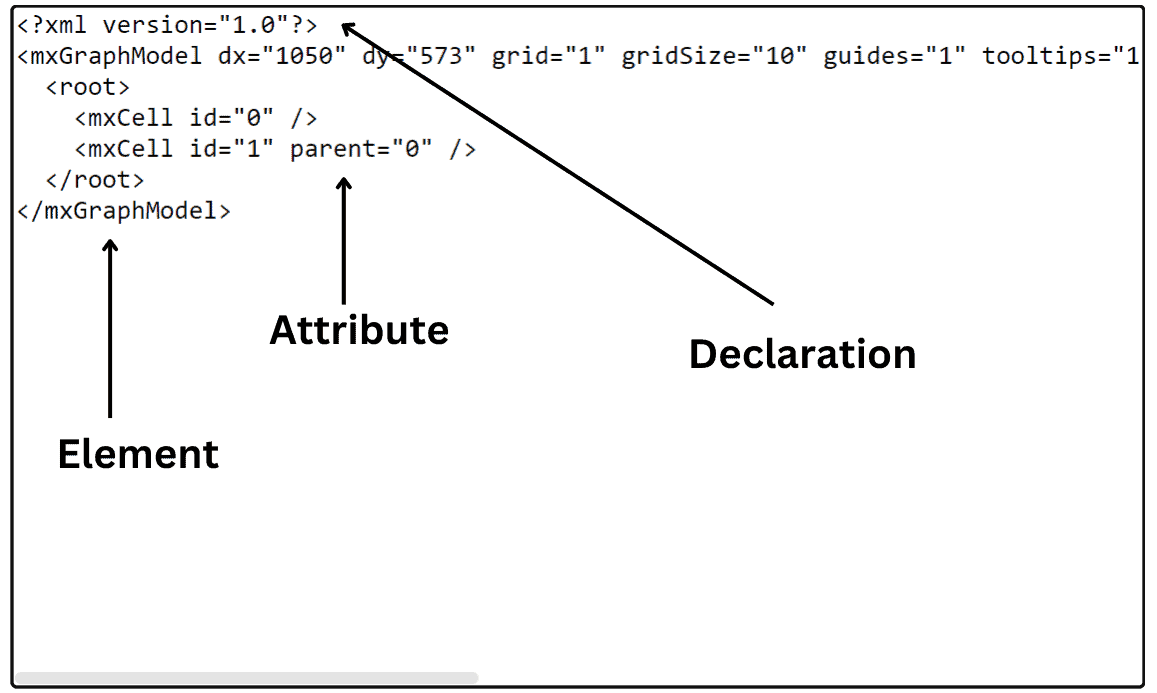1. Introduction
In this tutorial, we’ll talk about the eXtensible Markup Language (XML). We’ll investigate some useful and interesting concepts related to XML and explain why we need it in the first place.
2. What Is XML?
XML is a markup language that encodes documents. It helps computers and human beings to read documents efficiently since XML is both human-readable and easy to parse by a machine. This also makes it easier for developers to understand the structure and content of the data. XML documents are like a tree data structure.
3. Why Use XML?
One of the primary uses of XML is the data interchange between systems. For example, we can employ XML for exchanging data between web services. Furthermore, XML frequently defines configuration files and data structures in applications. Finally, it is applicable as a structured data format for several other purposes, such as in ebooks and data storage formats (e.g., RSS and Atom).
4. Advantages of Using XML
XML provides several benefits. Among the most prominent ones, we can cite the following:
- Platform-independent: XML is a valuable language for any hardware platform or operating system since it is platform-independent
- Human-readable: XML documents readability makes it simpler for programmers to comprehend the data structure and content
- Flexible: XML is extensible and flexible, so it is quickly extended to include new elements or attributes. It helps represent a variety of data structures
- Standardized: XML is a widely established standard for encoding data. Thus, it helps to establish configurations of various programs and hardware without encountering any incompatibilities
5. Applications of XML
There are multiple uses for XML, some of which include:
- Data interchange Data transfer: XML is an appropriate format for sending data between applications and systems. It can define intricate data structures, such as records in a database. Moreover, any software can swiftly parse and process it
- Web services: several web services protocols, including SOAP, are based on XML. The Simple Object Access Protocol is called SOAP. In this case, we can use XML for transferring data between web services
- Configuration files: many apps save their configuration information in XML files. As a result, changing application settings is simple and does not need changing the application code
- Document formats: XML works as the foundation for multiple document formats. XHTML is an example of an XML-based markup language employed to generate web pages
6. Components of an XML File
Various components make up an XML file, including below:
- Declaration: it is an optional component at the start of an XML file. It contains information about the current XML specification version
- Elements: it is the fundamental units of an XML document. They are contained in tags. Tags can comprise a start tag, an end tag, and the text inside
- Attributes: the term attributes refers to characteristics that an element can have. They are composed of a name and a value. These are contained within the start tag of a component
The following figure shows examples of the previously described components:

7. What Is an XML Schema?
An XML schema describes the structure and content of an XML document. It defines the elements, attributes, and data types a particular XML document supports. Note that it also determines the relationships between XML components, their data types, cardinality, and other constraints.
Thus, we can understand an XML schema as a blueprint for an XML document. It represents the rules that the document must follow for validity.
Finally, it is relevant to state that XML schema documents are typically written in a language called XML Schema Definition or XSD. It is an XML-based language for describing the structure of an XML document.
8. Differences Between XML and HTML
Although both XML and HTML are markup languages, the following factors make XML and HTML significantly different from one another:
- Goal: HTML is typically valid for creating web pages. On the other hand and XML helps express data
- Syntax: HTML has a predetermined set of tags describing web page content. However, XML allows developers to create their tags
- Structure: HTML documents have a predetermined structure with a head and a body section. However, XML documents can have any form provided by the developer
- Validation: HTML has a formal validation method. XML is verifiable using an XML schema. It ensures that the content follows a predetermined structure and set of rules
9. Conclusion
In this article, we talked about XML. It is a valuable technology that has several applications and benefits. Overall, XML is a technology that is useful for exchanging data. Also, it represents structured information in a flexible and standardized way.